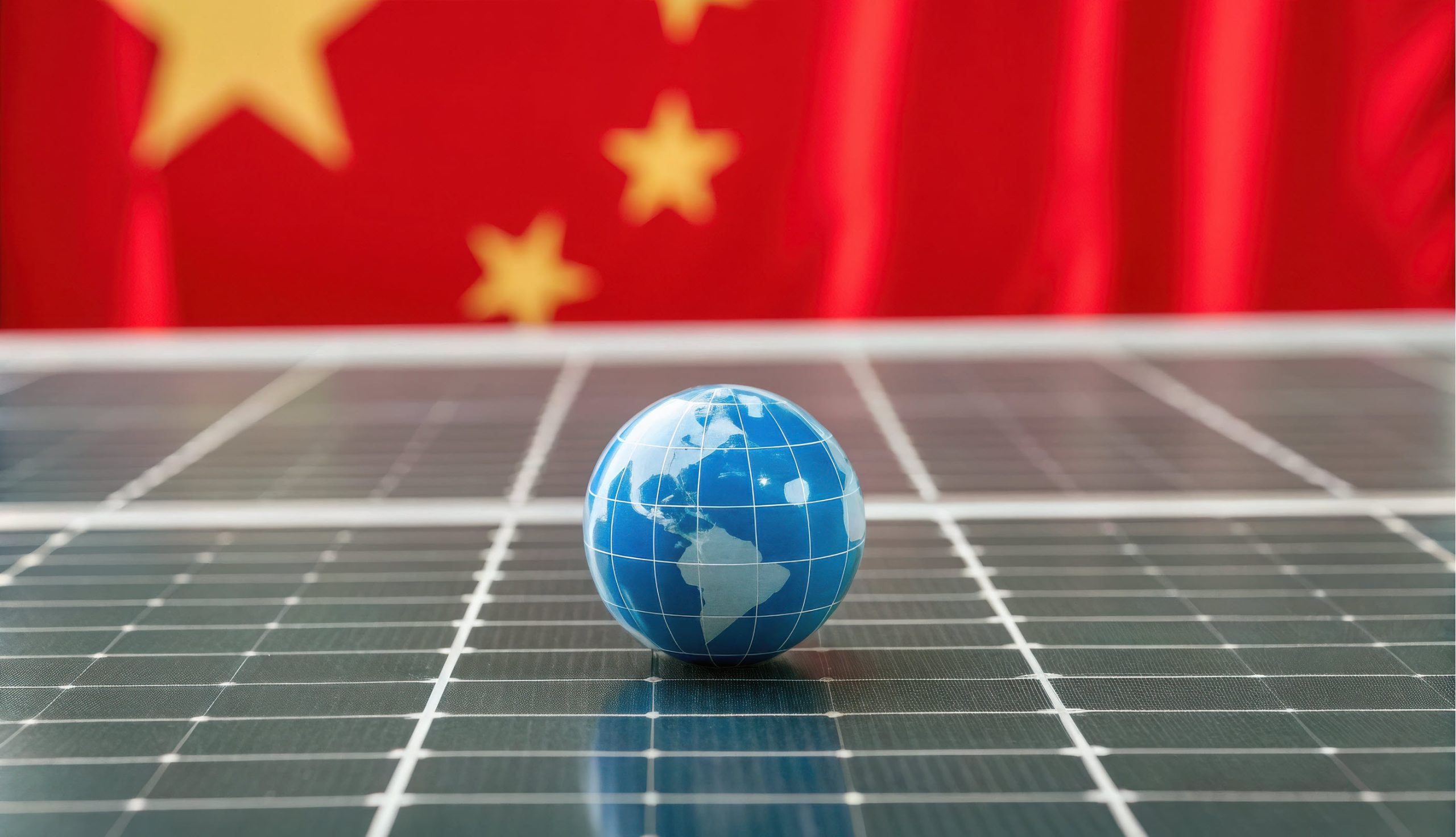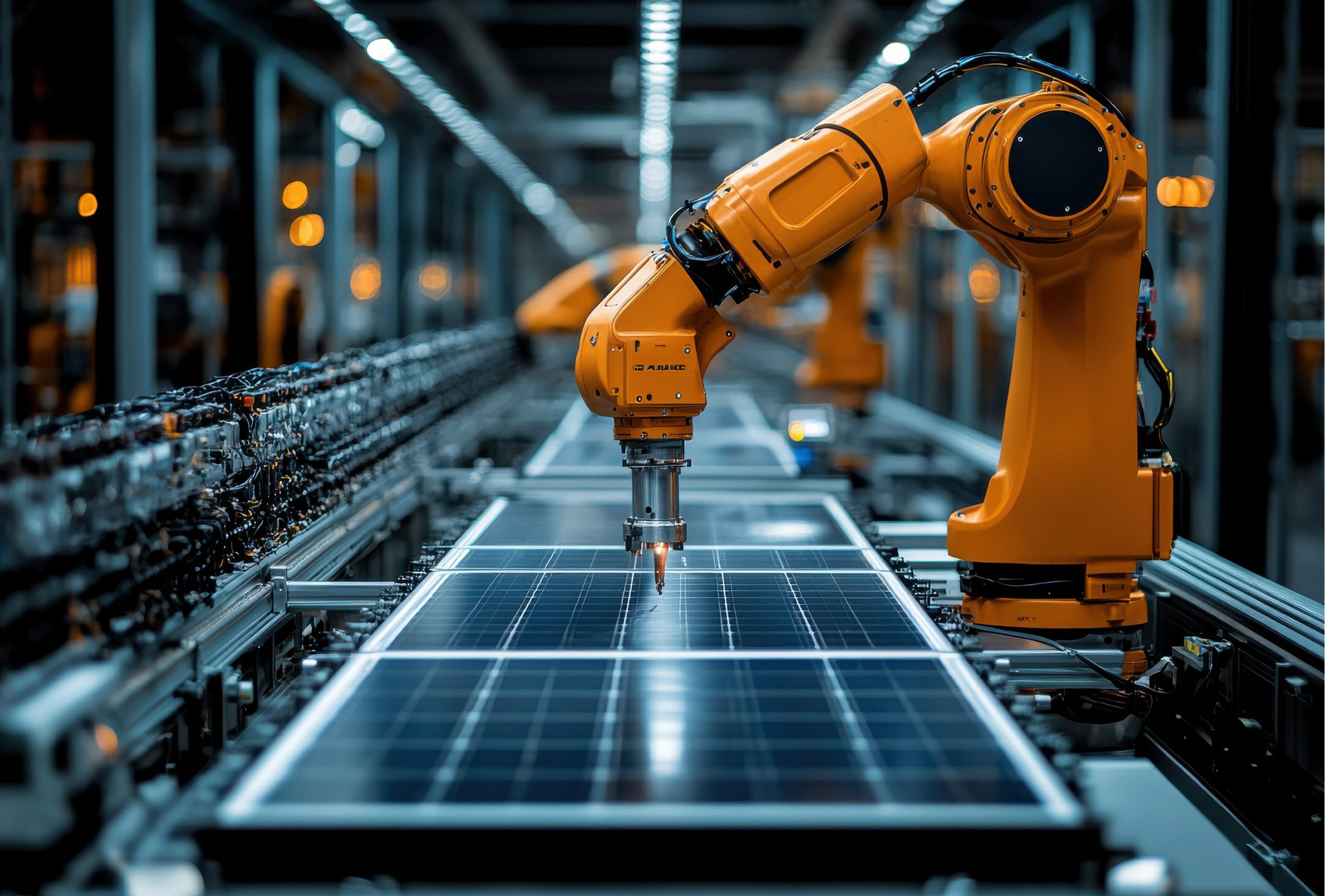 The renewable energy sector has seen rapid investment and innovation as nations pursue ambitious climate goals. A significant milestone in this global effort is the partnership between South Africa and China to establish a solar panel assembly plant in Mpumalanga, South Africa. The deal strengthens energy security, supports economic growth, and may reshape the global solar supply chain (Bloomberg, 2025).
The renewable energy sector has seen rapid investment and innovation as nations pursue ambitious climate goals. A significant milestone in this global effort is the partnership between South Africa and China to establish a solar panel assembly plant in Mpumalanga, South Africa. The deal strengthens energy security, supports economic growth, and may reshape the global solar supply chain (Bloomberg, 2025).
Overview of the South Africa & China Solar Panel Deal
In October 2025, South Africa’s Nkangala District Municipality and China’s Wucheng Municipality signed a $35 million agreement to construct a solar panel assembly plant. The first phase, valued at $10 million, is expected to create 150 to 200 jobs. Operations are set to begin in December 2025, with the facility aimed at expanding South Africa’s photovoltaic (PV) manufacturing capacity (Bloomberg, 2025).
This initiative supports South Africa’s shift away from coal-based energy by increasing access to renewable power. The plant will help meet rising energy demand while advancing the nation’s long-term sustainability goals.
Strategic Importance for South Africa
Economic Development and Job Creation
The project is expected to generate skilled employment and attract further investment in the renewable energy sector. Solar manufacturing requires technical expertise, creating opportunities for local training and workforce development. Additionally, the plant’s establishment could encourage supporting industries—such as logistics, component supply, and installation services—to locate nearby (Energies Media, 2025).
Strengthening Energy Security and Independence
By producing solar panels domestically, South Africa reduces reliance on imported equipment and insulates itself from supply chain disruptions. The International Renewable Energy Agency (IRENA, 2024) notes that local manufacturing enhances energy security and stabilizes markets during global interruptions. Establishing a consistent domestic supply of PV modules ensures affordability for regional projects and supports Africa’s broader solar growth.
Advancing Sustainability Goals
South Africa’s Nationally Determined Contributions (NDCs) under the Paris Agreement include a target of achieving 20 GW of solar capacity by 2030. Expanding domestic manufacturing aligns directly with this vision. According to IRENA (2024), building localized solar supply chains is a cornerstone of meeting carbon reduction targets while fostering green economic growth.
Implications for the Global Solar Market
Supply Chain Diversification
The Mpumalanga plant represents a strategic shift toward decentralizing solar production. China remains the dominant force in global solar manufacturing, but international partnerships like this one reduce transportation costs and exposure to geopolitical risks (Energies Media, 2025). For the U.S. and other regions, Africa’s growing manufacturing capabilities could improve access to competitively priced solar panels, benefiting both commercial and residential installers.
Expanding Solar Access Across Africa
Sub-Saharan Africa remains home to more than 600 million people without reliable electricity (IEA, 2024). The new facility could help address that gap by supplying affordable solar panels to off-grid and rural areas. As manufacturing costs decrease, adoption of solar energy across the continent will likely accelerate, attracting global investment and enabling sustainable development in emerging markets.
Fostering Technological Innovation
The collaboration merges China’s expertise in solar technology with South Africa’s growing clean energy market. This partnership may lead to improved solar efficiency, durability, and design adaptations for Africa’s climate. As solar technology advances, U.S. installers and developers should monitor these innovations to remain competitive in the evolving renewable landscape (Energies Media, 2025).
 Challenges & Considerations of the Solar Panel Deal
Challenges & Considerations of the Solar Panel Deal
While the project’s potential benefits are substantial, several factors will determine its long-term success.
Community Engagement
Solar developments often face local resistance over land use or environmental impact. The Nkangala District Municipality must maintain transparent communication and ensure the project benefits surrounding communities. Meaningful engagement and equitable development will be essential to securing local support (IRENA, 2024).
Political and Regulatory Stability
South Africa’s renewable energy strategy depends on consistent policies. Shifts in government priorities could affect investment confidence or project timelines. Maintaining a stable regulatory environment will be vital to attracting investors and replicating similar partnerships across Africa (Bloomberg, 2025).
Global Competition
The global solar market is highly competitive, with established manufacturers in Asia, Europe, and North America. To succeed, South Africa and China must balance production quality, pricing, and logistics efficiency. According to Energies Media (2025), regional manufacturers must emphasize innovation and scalability to compete globally.
The $35 million Mpumalanga solar panel assembly plant marks a major step forward in South Africa’s renewable energy transition. It will generate skilled employment, strengthen domestic supply chains, and help meet national sustainability targets. For the global solar industry, it signals a broader trend toward regionalized manufacturing and international collaboration (IRENA, 2024).
References
Bloomberg. (2025, October). South African and Chinese municipalities ink solar-panel plant deal.
Energies Media. (2025). Africa turns to Chinese-made panels to meet demand.
International Energy Agency (IEA). (2024). Africa’s solar energy future.
International Renewable Energy Agency (IRENA). (2024). The role of local manufacturing in the solar industry.

 Challenges & Considerations of the Solar Panel Deal
Challenges & Considerations of the Solar Panel Deal